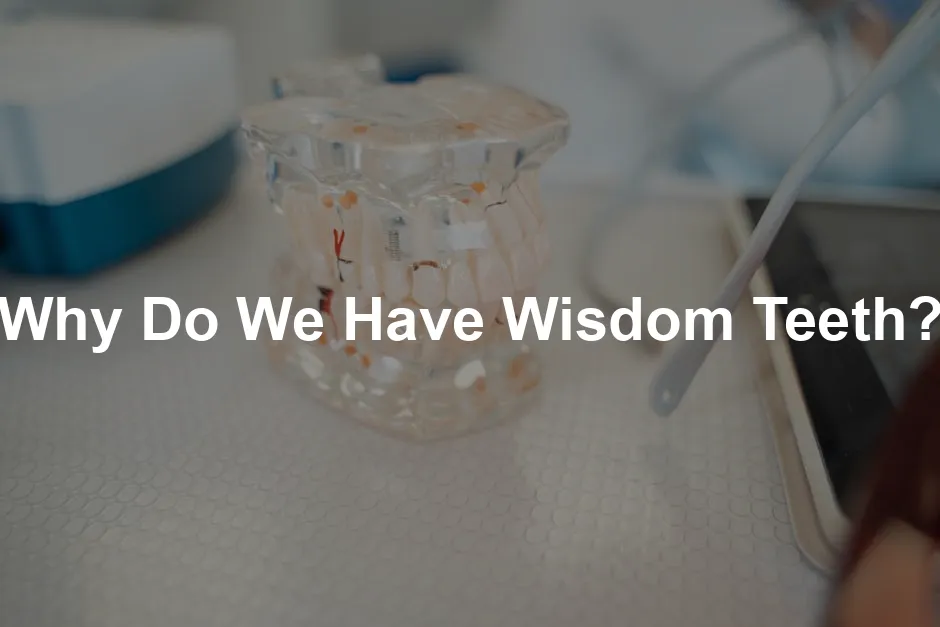
Why Do We Have Wisdom Teeth?
Introduction
Wisdom teeth, also known as third molars, are the final set of adult teeth to make their grand entrance. Typically, they erupt between the ages of 17 and 25, a time when many feel they’ve gained a bit of wisdom—hence the name! These little guys have an interesting clinical significance as they often cause a ruckus in the mouth, leading to removal in many cases.
But why do we even have wisdom teeth? They are considered evolutionary remnants. Our ancestors relied on these molars to munch through tough, raw foods. Fast forward to today, and these teeth are often more of a nuisance than a necessity, leaving many to ponder their purpose in our modern diets.
Understanding the reasons behind the existence of wisdom teeth can be fascinating. Why do we have wisdom teeth if they often cause problems
Historical Context of Wisdom Teeth
Evolutionary Significance
Wisdom teeth played a crucial role in the diet of early humans. Imagine chewing on raw meat and fibrous plants—quite the workout for the jaw! Ancestors like Australopithecus afarensis, who roamed the earth around 3 to 4 million years ago, had larger jaws and teeth designed for such a diet. Their molars were robust, allowing them to grind down tough foods effectively.
As humans evolved, our diets began to change. With the advent of cooking and food processing, meals became simpler to chew. Consequently, our jaws started shrinking, and the need for those extra molars diminished.
In modern times, many people find that their jaws simply lack the space to accommodate wisdom teeth. In fact, research indicates that about 25% of people are missing at least one wisdom tooth. This absence is likely a product of natural selection favoring those with smaller jaws, making it easier to avoid the pain and complications that often accompany impacted wisdom teeth.

To keep your dental health in check, consider using an Oral-B Pro 1000 Electric Toothbrush. This toothbrush is designed to remove more plaque than a manual toothbrush, ensuring that your wisdom teeth (and the rest of your mouth) stay clean and healthy.
Changes in Diet and Jaw Structure
The introduction of cooking and food processing changed our diets dramatically. Early humans chomped on tough, raw foods—think gnawing on raw meat and fibrous plants. Ouch, right? As we mastered the art of cooking, food became softer and easier to chew. This shift meant our jaws didn’t need to work as hard.
As our meals got softer, our jaws began to shrink. Over generations, smaller jaws became the norm. This led to a funny predicament: while early humans had ample room for all their molars, modern humans often find themselves crammed for space. With smaller jaws, wisdom teeth frequently come in sideways or not at all, leading to a host of dental dilemmas.
In fact, research shows that about 25% of people are missing at least one wisdom tooth. This reduction in jaw size and subsequent trouble with wisdom teeth is a fascinating reflection of how dietary changes influenced our evolution. What was once a necessity for our ancestors has now become a source of dental chaos. So, while our early relatives might have needed those extra molars, we’re left wondering why we still have them at all!
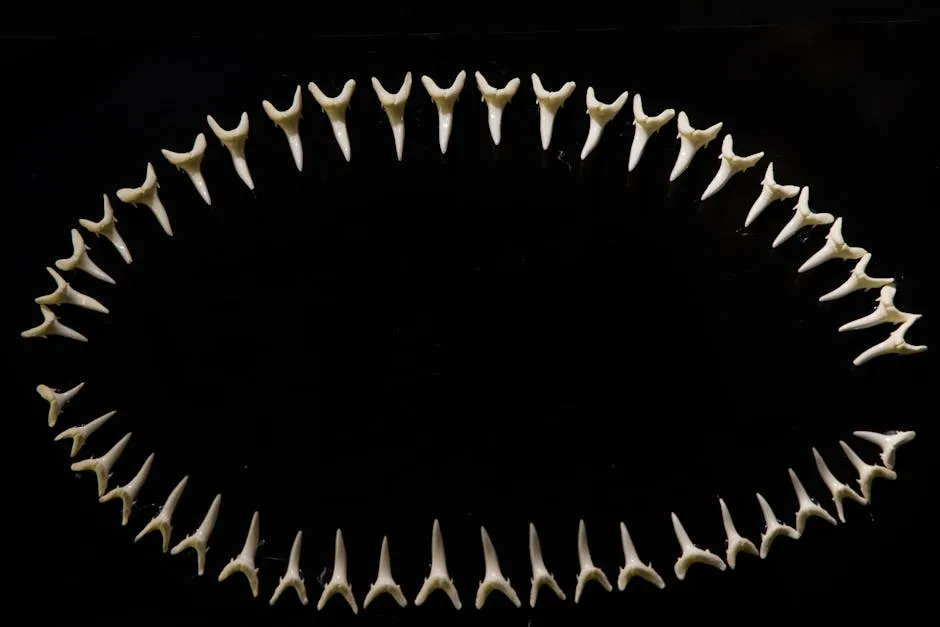
To help manage your dental hygiene, consider incorporating a Waterpik WP-660 Cordless Water Flosser. It’s perfect for reaching those tricky spots and ensuring that your wisdom teeth don’t become a breeding ground for bacteria!
Anatomy and Eruption of Wisdom Teeth
Overview of Wisdom Tooth Anatomy
Wisdom teeth, or third molars, are the final set of molars in your mouth. They sit at the back—just behind your second molars. Most folks have four wisdom teeth, with one in each quadrant of the mouth: upper left, lower left, upper right, and lower right. However, not everyone is so lucky! Some people may have fewer than four, while others might not have any at all, a condition known as agenesis.
These teeth typically resemble other molars, sporting two to three roots, though some can have four. The shape of the roots can be quite the wild card, sometimes fusing together in unexpected ways. This anatomical variation means that wisdom teeth can lead to plenty of surprises when they decide to make their entrance—if they do at all!
Despite their potential to cause issues, fully erupted and healthy wisdom teeth can provide support at the back of the mouth. However, since they often come in misaligned or partially erupted, many people end up saying goodbye to them. If only they could have stayed in their cozy, quiet little corners without causing all that fuss!
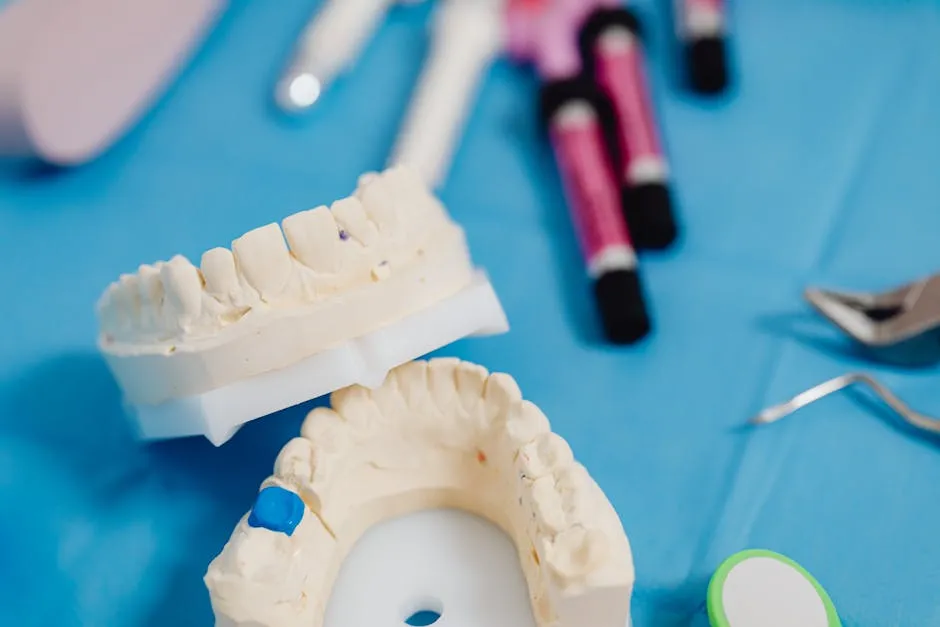
Eruption Timeline
Wisdom teeth usually make their appearance between 17 and 25 years of age. This timeframe is often a rite of passage, marking the transition into adulthood—hence the nickname “wisdom” teeth. Early signs of eruption might include redness or swelling of the gums behind the last molars, jaw pain, or even facial discomfort due to the pressure on nerves. You might also spot white flecks in the back of your mouth, indicating that those little molars are ready to join the party.
Several factors can influence when (or if) wisdom teeth erupt. Genetics play a significant role; if your parents had issues with their wisdom teeth, chances are you might too. The size of your jaw is another key player. A smaller jaw often means less space for wisdom teeth, which can lead to impaction or delayed eruption. Additionally, hormonal changes during late adolescence might also trigger the eruption process.
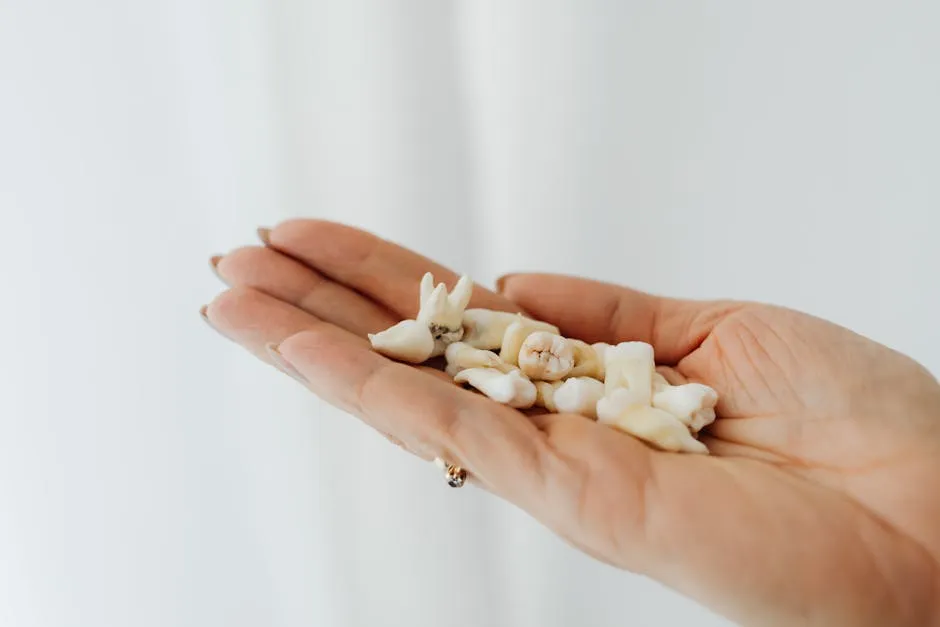
Common Conditions and Disorders
Wisdom teeth can cause a range of complications. One of the most common issues is impaction, which occurs when there isn’t enough space for the tooth to emerge properly. This can lead to pain, infection, and in some cases, damage to neighboring teeth. Statistics reveal that around 85% of individuals will eventually require wisdom tooth removal due to these complications.
Infections can arise when food particles and bacteria get trapped around partially erupted teeth, leading to pericoronitis. Symptoms include swollen gums, bad breath, and discomfort. If left untreated, these infections can escalate, resulting in more severe dental issues.
Overall, while wisdom teeth can provide support for the back of the mouth, their potential to cause problems often overshadows their benefits. It’s no wonder that many people face the dental chair in their late teens or early twenties as a preventive measure against these pesky molars.

Speaking of dental health, if you’re interested in whitening your teeth, check out Crest 3D Whitestrips Professional Effects. They’re an easy and effective way to brighten your smile without a trip to the dentist!
Environmental Influences
Modern diets and dental care have significantly shaped how our wisdom teeth develop. In the good ol’ days, our ancestors chewed on raw, coarse foods, like roots and tough meats. Their jaws were larger, allowing room for all those molars to come in smoothly. Today, we enjoy softer diets, thanks to cooking and food processing. This change means our jaws have shrunk, often leaving no space for wisdom teeth.
Interestingly, studies show that around 25% of people are missing at least one wisdom tooth. This absence is likely a result of evolutionary pressures favoring those with smaller jaws, which better fit our modern eating habits. Over time, nature has nudged us toward fewer wisdom teeth, making them an evolutionary curiosity rather than a necessity.

Global Perspectives on Wisdom Teeth
Wisdom teeth prevalence varies across demographics. Research indicates that some populations show higher rates of wisdom tooth agenesis—essentially, the absence of these molars. For instance, studies reveal that nearly 100% of indigenous Mexicans may not have third molars. In contrast, around 10-25% of individuals of European ancestry in North America are missing at least one.
This variance offers insight into how genetics plays a role. In some regions, like among Inuit populations, up to 45% may lack wisdom teeth altogether. This geographical diversity highlights the complex interaction between evolution, genetics, and dietary changes over generations. Understanding these differences can shed light on why wisdom teeth are a common topic at the dentist’s office!

Care and Maintenance of Wisdom Teeth
Oral Hygiene Practices
Wisdom teeth demand special attention, especially because they sit at the back of your mouth. This makes brushing and flossing a bit tricky. To keep your pearly whites in top shape, aim for these best practices:
1. Brush Regularly: Brush your teeth at least twice a day. Don’t forget to focus on those hard-to-reach back surfaces where wisdom teeth reside. A good toothbrush can work wonders!
2. Floss Daily: Flossing is crucial. Use regular dental floss, or consider dental picks for those tight spots between teeth. This helps prevent food buildup and plaque around wisdom teeth. If you’re looking for convenience, try Oral-B Glide Pro-Health Comfort Plus Dental Floss. Its smooth texture makes it easy to slide between teeth!
3. Rinse with Antibacterial Mouthwash: An alcohol-free antibacterial mouthwash can help reduce bacteria in your mouth, particularly around wisdom teeth. A swish a day keeps the dentist away!
4. Regular Dental Check-ups: Schedule dental check-ups every six months. Your dentist will examine your wisdom teeth and overall oral health. They can catch potential problems before they escalate.
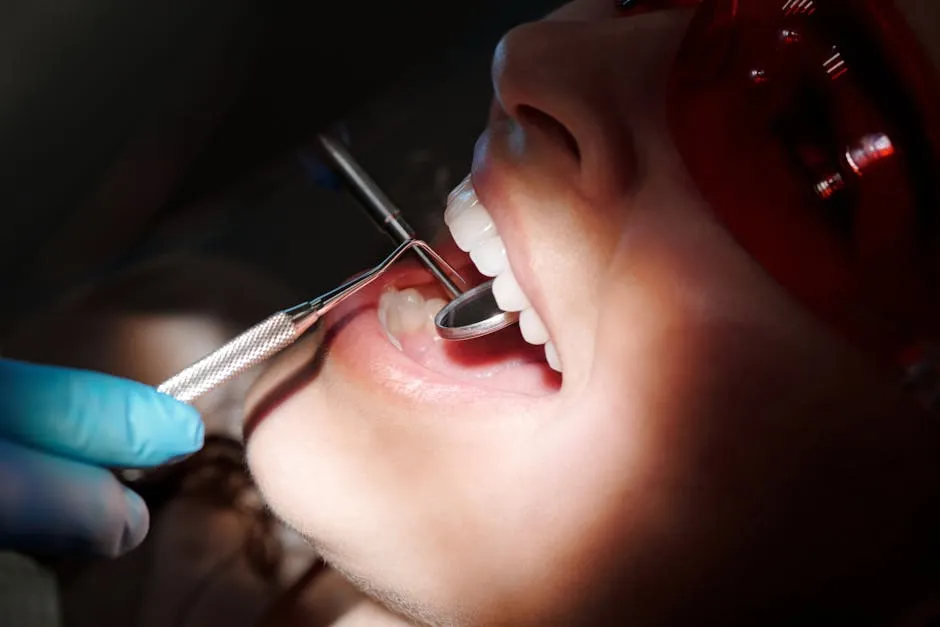
Monitoring Wisdom Teeth
Even if wisdom teeth seem harmless, it’s essential to monitor them. They can be sneaky little troublemakers. Here’s when to seek dental advice:
1. Pain or Discomfort: If you experience persistent pain or swelling around your wisdom teeth, don’t ignore it. This could indicate an infection or impaction, requiring immediate attention.
2. Changes in Gum Health: Red, swollen gums or bleeding can signal issues with your wisdom teeth. These symptoms shouldn’t be brushed aside, as they may lead to more significant problems.
3. Regular X-rays: Your dentist may recommend X-rays to monitor the position of your wisdom teeth. Even if they are symptom-free, it’s wise to keep an eye on them.
4. Lack of Space: If there’s crowding or misalignment of your other teeth, wisdom teeth might be the culprits. A dental professional can help devise the best plan for your oral health.
Remember, wisdom teeth can be symptom-free, yet still require monitoring. Being proactive can save you from future complications and keep your smile bright and healthy.
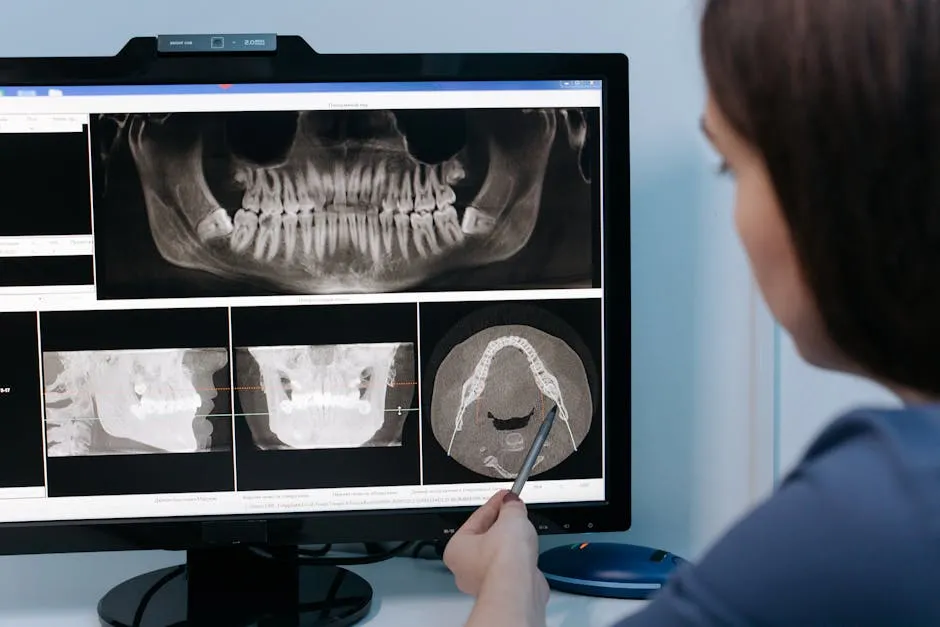
If you or a loved one is dealing with dry mouth, consider trying Biotene Dry Mouth Oral Rinse. It’s a great way to keep your mouth hydrated and fresh!
Please let us know what you think about our content by leaving a comment down below!
Thank you for reading till here 🙂
All images from Pexels




